'The 29 songs he recorded (plus 12 alternate takes) show a musician who was technically and stylistically ahead of many of his peers': 5 ways to play like Robert Johnson without going down to the crossroads to make a deal with the devil
Unpicking the fingerstyle of the most influential blues guitarist
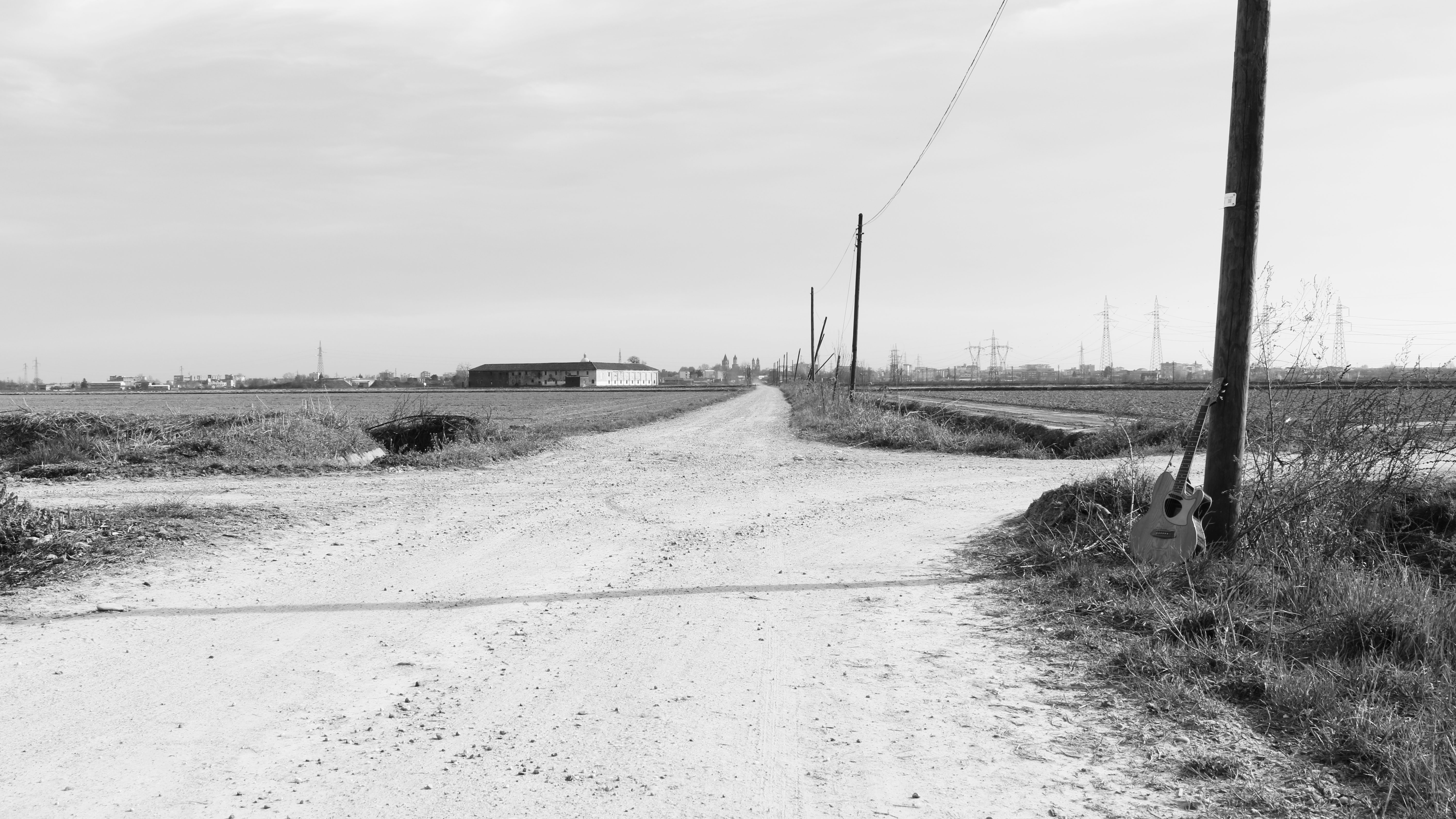
The Robert Johnson legend goes that he gained his guitar virtuosity from the Devil after a midnight meeting at a Crossroads, as described in the song he recorded back in the 1930s – and rejuvenated nearly 40 years later by Eric Clapton and Cream.
The 29 songs he recorded (plus 12 alternate takes) show a musician who was technically and stylistically ahead of many of his peers. That he died tragically young aged 27 has only fuelled the fire of myth, but more important is that the real legacy of his music has influenced the generations of blues guitarists that followed.
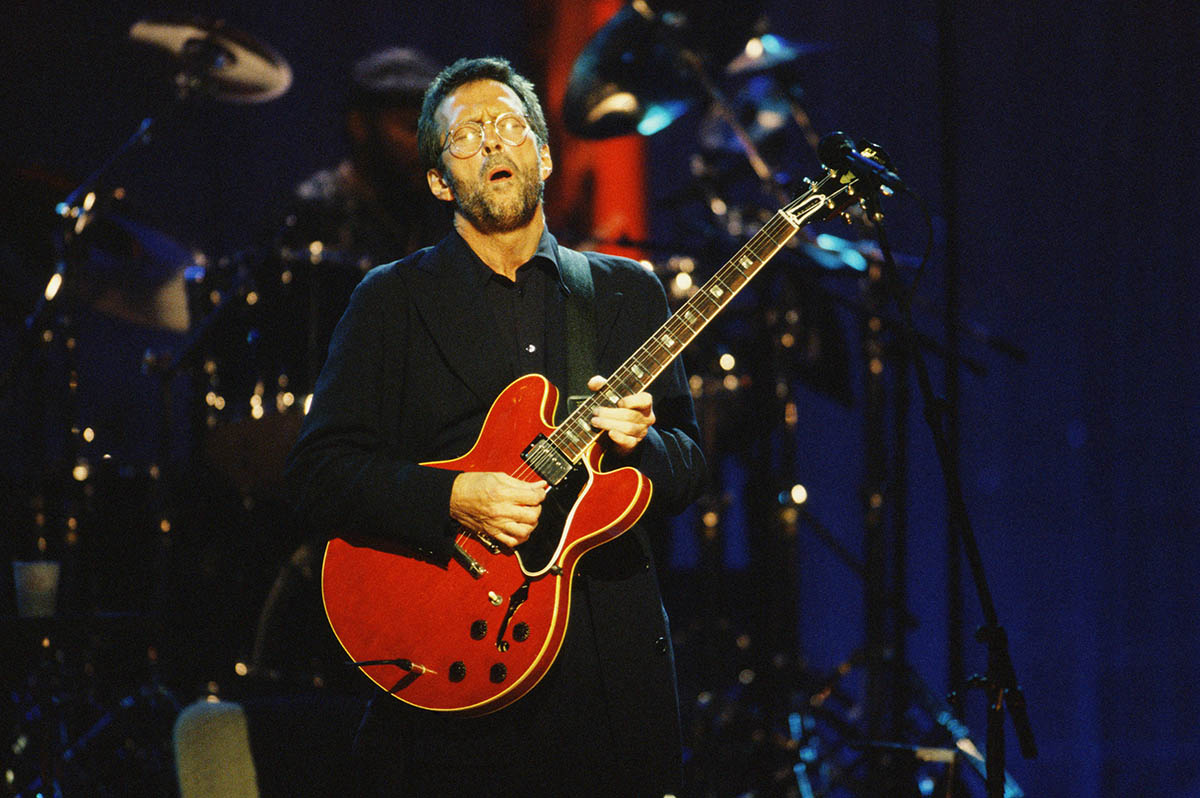
Classic interview: Eric Clapton on Robert Johnson's blues legacy
One of the things that makes Johnson's playing so remarkable is how self-contained he was – as a travelling solo musician with no band, he had to be! So, no backing tracks this time, though a tapping foot certainly helps the rhythm along. Our tab examples were all played fingerstyle. Enjoy – and take care at the crossroads!
Click on top right of tap to for enlarged view in new window
1. Try this intro / turnaround idea first

Descending chromatically using what is basically an open D7 shape, we get that universally recognised fingerstyle blues intro/turnaround. Use gentle but percussive palm-muting on the sixth string by resting the side of your pick hand on the string by the bridge, but let the higher strings ring out in marked contrast to the bass.
2. An alternative turnaround
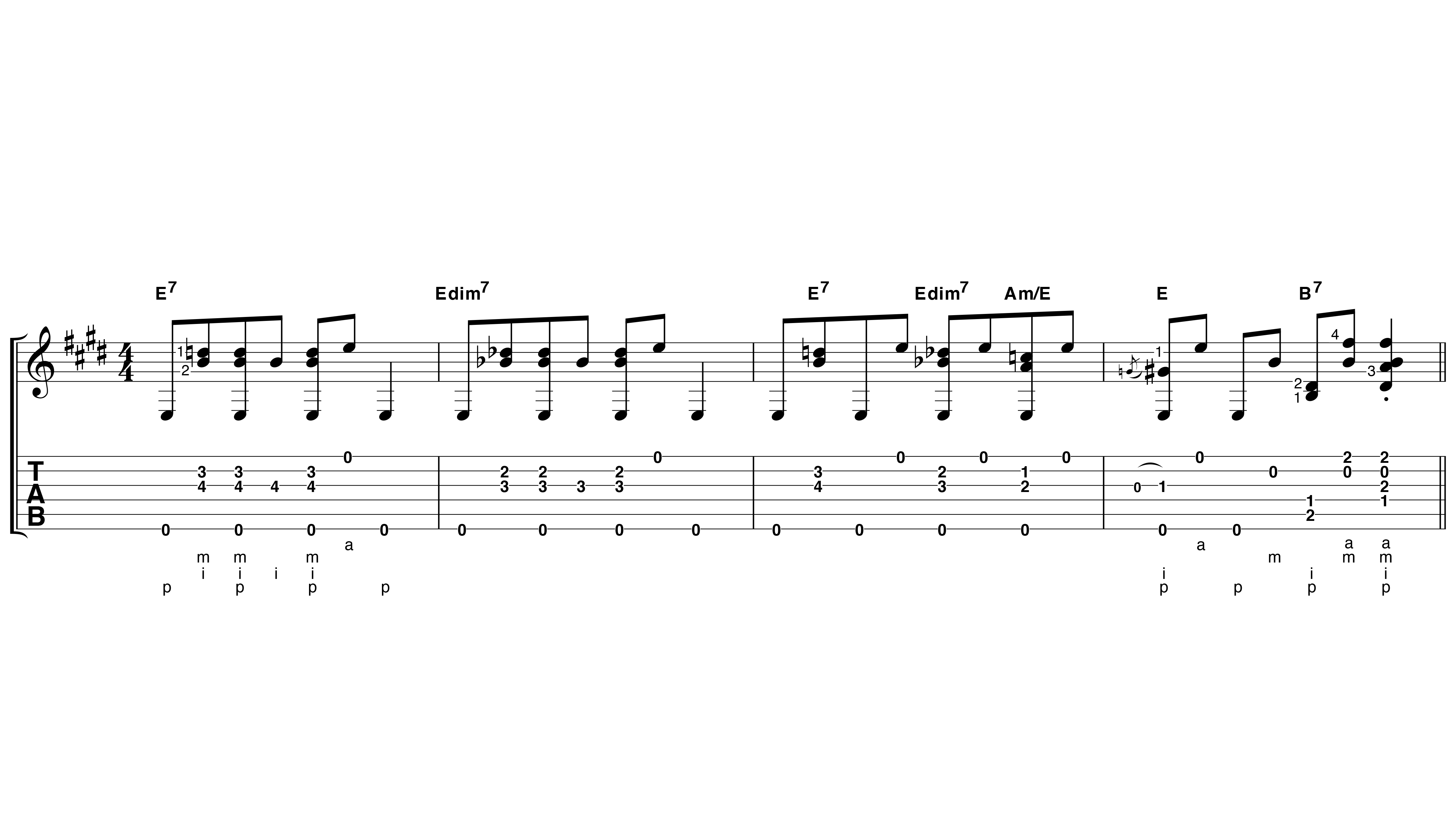
An alternate take on the intro/turnaround idea, this line takes a slightly more syncopated approach, with a ringing open first string for a bit of top end sparkle.
This and the previous example are completely interchangeable – and a player such as Robert Johnson would be able to mix and match ideas like this on the fly.
Get the MusicRadar Newsletter
Want all the hottest music and gear news, reviews, deals, features and more, direct to your inbox? Sign up here.
3. Basic 'I-IV' groove
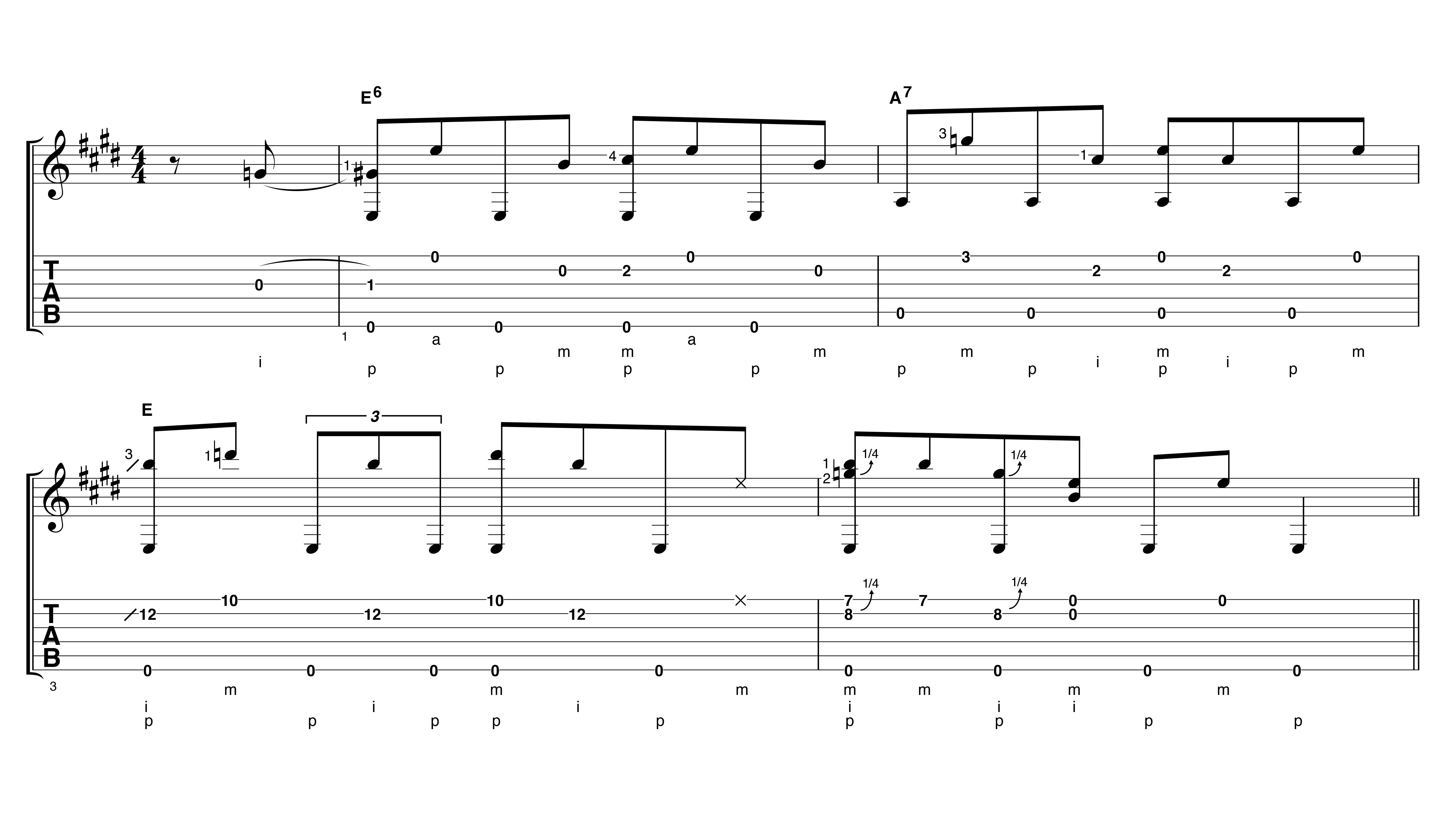
Moving on past intros, Johnson’s accompaniment style is less regimented, incorporating counter-melodies and what might now be called lead guitar lines.
Ringing open strings can help to keep things flowing while shifting positions, and you’ll see that in action here. Details like the quarter-tone bends make all the difference, too.
4. 'V-IV-I’ – the 12-bar blues ending
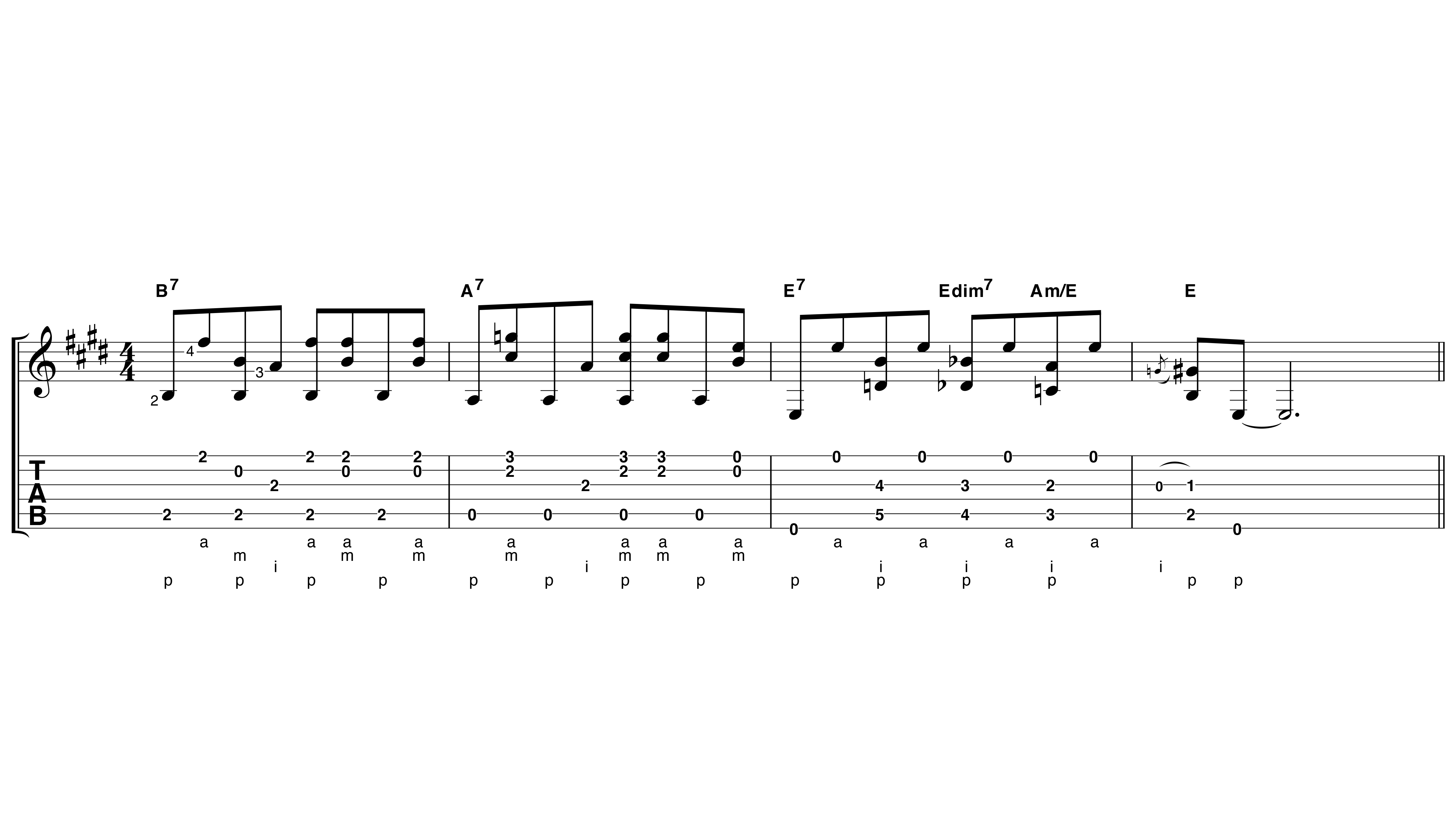
Following the classic ‘V-IV-I’ 12-bar blues ending, this example showcases a bluesy A7 shape with the G note on top, before moving to another flavour of descending turnaround.
As happens so often in blues, we finish with a hammer-on from minor to major 3rd, sitting on the fence between a pure major or minor feel.
5. Alternative ending line
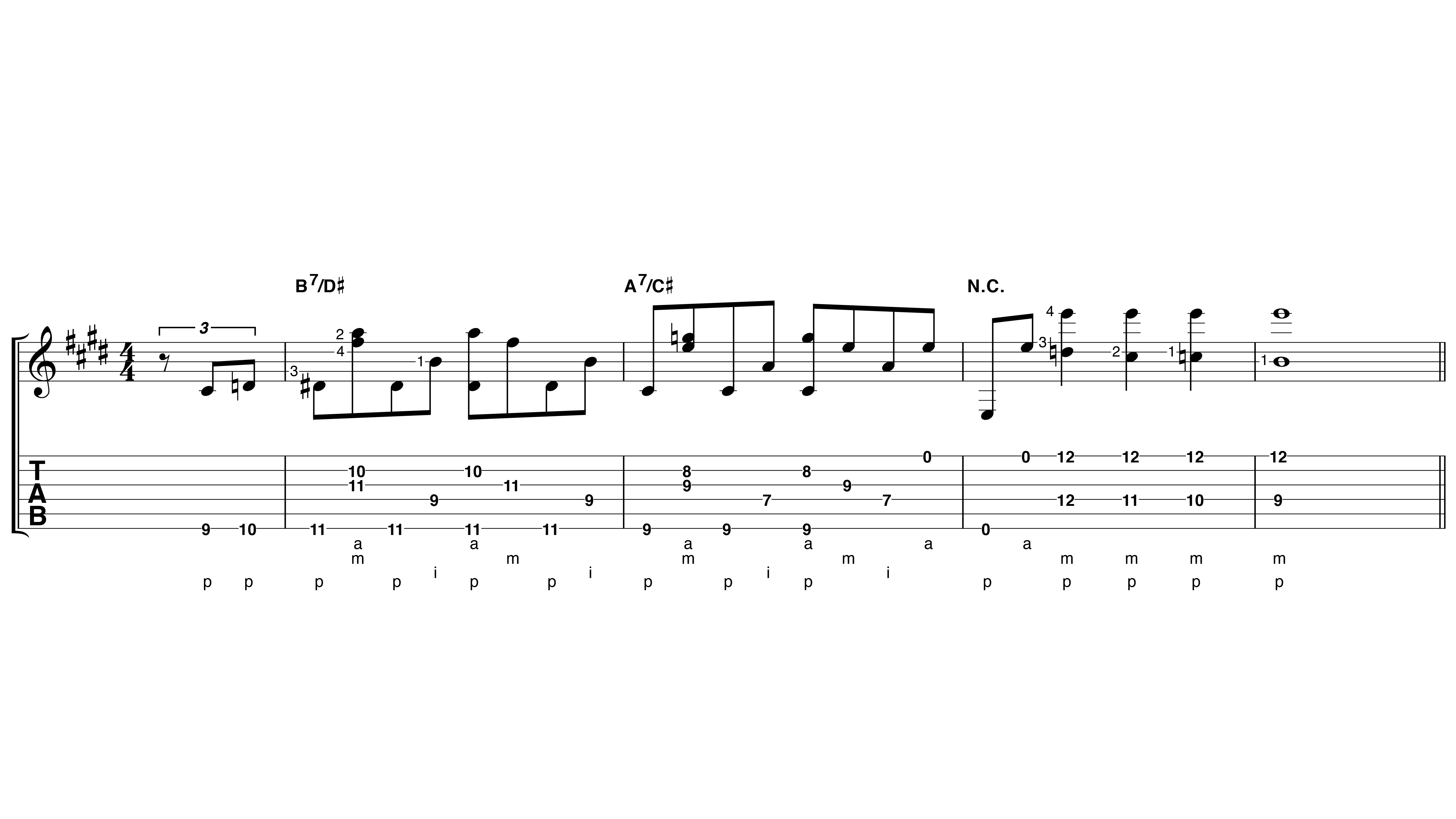
An alternative to our previous line, this more technically advanced version uses some more of Johnson’s favourite chord voicings with the major 3rd in the bass of the B7 and A7 chords.
The open string notes in bars 2 and 3 give you a brief moment to shift from the A7/C# chord to the closing phrase.
MusicRadar is the number one website for music-makers of all kinds, be they guitarists, drummers, keyboard players, DJs or producers...
- GEAR: We help musicians find the best gear with top-ranking gear round-ups and high-quality, authoritative reviews by a wide team of highly experienced experts.
- TIPS: We also provide tuition, from bite-sized tips to advanced work-outs and guidance from recognised musicians and stars.
- STARS: We talk to musicians and stars about their creative processes, and the nuts and bolts of their gear and technique. We give fans an insight into the craft of music-making that no other music website can.










